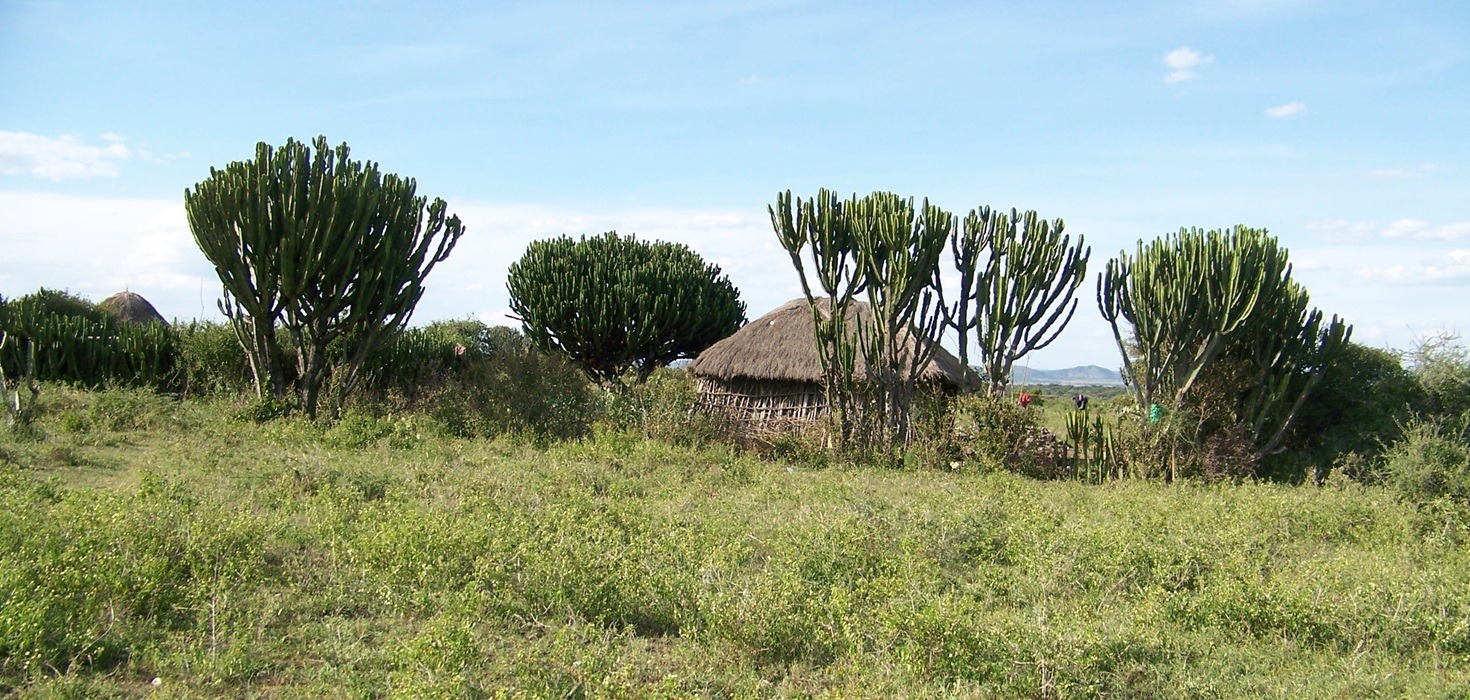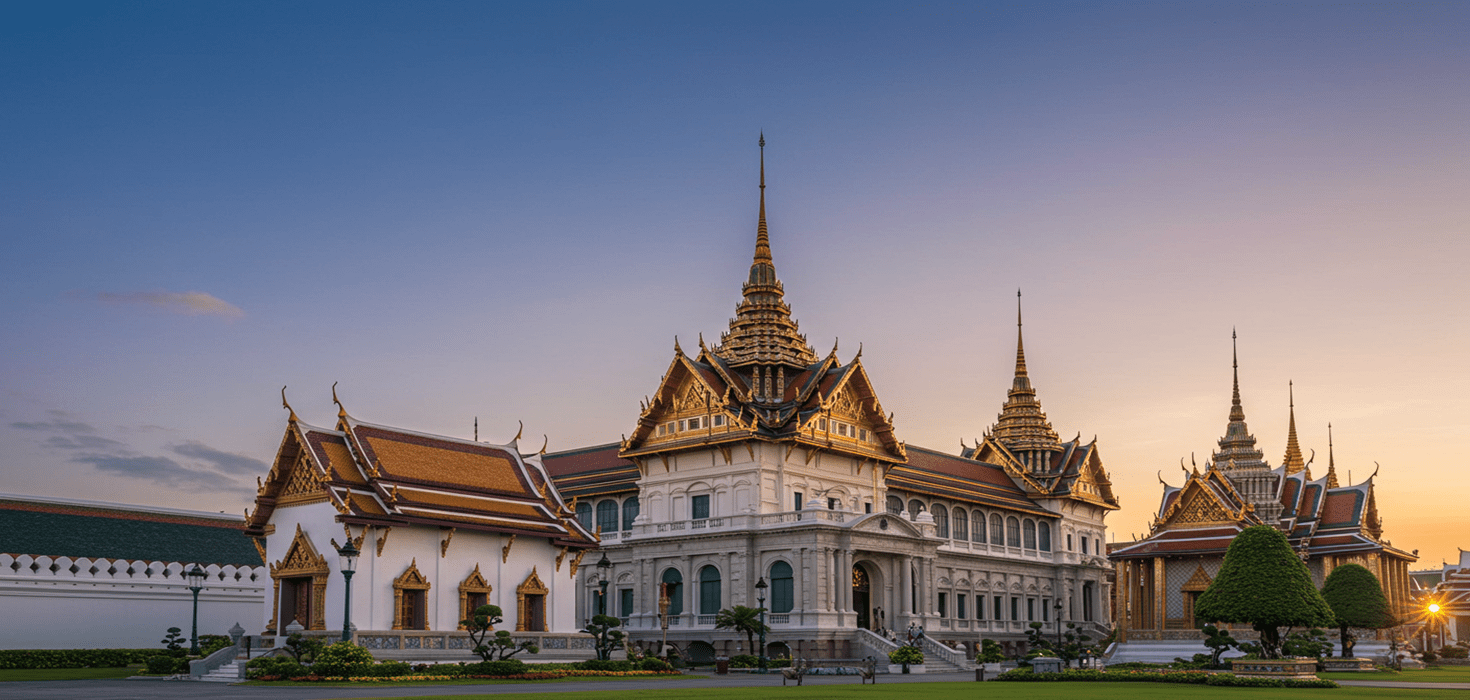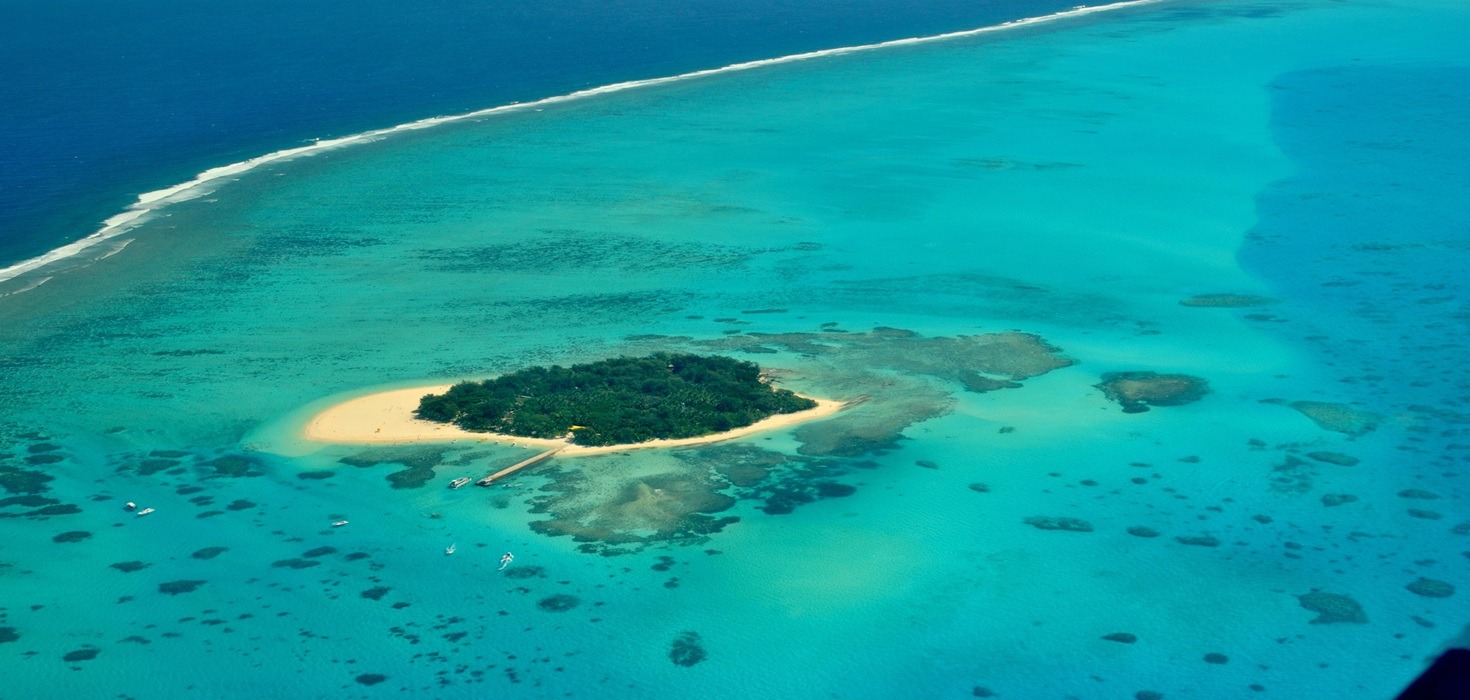Exploring Hiroshima’s Atomic Bomb Dome: A Day of Reflection and Local Delights
Hiroshima is a city that resonates with profound historical significance and emotional weight. At the heart of this narrative stands the Atomic Bomb Dome, a UNESCO World Heritage Site that serves as a poignant reminder of the past. This remarkable structure, once the Hiroshima Prefectural Industrial Promotion Hall, now stands as a symbol of resilience and peace, inviting visitors to reflect on the events of August 6, 1945. A visit to the Dome isn’t just about remembering; it’s also an opportunity to experience the vibrant local culture and indulge in some of the best culinary delights Hiroshima has to offer.
The journey through Hiroshima is a blend of somber reflection and joyous exploration. As you walk through the city, you’ll find that the spirit of the people shines brightly through their culinary traditions and community spirit. Prepare for a day that honors history while celebrating life!
The Historical Significance of Hiroshima’s Atomic Bomb Dome
The Atomic Bomb Dome stands as a striking architectural marvel amidst the peaceful surroundings of Hiroshima. Designated a UNESCO World Heritage Site in 1996, this iconic structure is one of the few buildings that survived the atomic blast, serving as a powerful reminder of the horrors of war and the resilience of the human spirit. Its unique architectural style, a blend of Gothic and modern elements, captures the imagination and evokes a deep emotional response from visitors.
As you approach the Dome, take a moment to appreciate its haunting beauty. The skeletal remains of the building tell a story of destruction and rebirth, encapsulating the essence of Hiroshima’s journey from devastation to peace. The Dome is not just a relic; it stands as a symbol of hope and a call for global harmony.
The history of Hiroshima is a somber one, marked by the tragic events of World War II. On that fateful day in August, the atomic bomb claimed thousands of lives and left an indelible mark on the city. Yet, from the ashes of destruction, Hiroshima has risen as a beacon of peace, dedicated to educating future generations about the importance of harmony and understanding. The Atomic Bomb Dome serves as a centerpiece for this mission, reminding us of the past while inspiring us to work towards a better future.
A Walk Through Hiroshima Peace Memorial Park
Just a short stroll from the Dome lies the Hiroshima Peace Memorial Park, a beautifully landscaped area dedicated to the memory of those who lost their lives in the atomic bombing. The park is home to several poignant memorials, including the Children’s Peace Monument, which honors the memory of Sadako Sasaki, a young girl who developed leukemia as a result of the bomb. Her story is one of hope and determination, and the monument is adorned with thousands of colorful origami cranes, symbolizing peace and healing.
As you wander through the park, you’ll encounter the Flame of Peace, a striking feature that has burned continuously since 1964, symbolizing the hope for a world without nuclear weapons. The park is dotted with various sculptures and memorials, each telling a unique story of resilience and remembrance. It’s a place where silence speaks volumes, inviting visitors to reflect on the impact of violence and the necessity of peace.
Exploring the park is not just a walk through history; it’s a journey into the heart of Hiroshima’s cultural identity. The park plays a vital role in peace education, serving as a gathering place for events and ceremonies that promote understanding and reconciliation. It’s a reminder that the past shapes our present, and the lessons learned here can guide us towards a brighter future.
Unpacking the Hiroshima Peace Memorial Museum
To deepen your understanding of Hiroshima’s history, a visit to the Hiroshima Peace Memorial Museum is a must. Located within the park, the museum offers a comprehensive look at the events surrounding the atomic bombing and its aftermath. Through powerful exhibits, personal narratives, and artifacts, visitors can gain insight into the experiences of those who lived through this dark chapter in history.
The museum houses poignant survivor stories, known as hibakusha, that bring a personal touch to the historical narrative. Hearing their accounts of survival and resilience adds a profound depth to your visit. Be sure to check out the must-see exhibits, including the "A-Bomb Dome" model and the "Children’s Peace" section, which highlight the impact of the bomb on the city and its people.
As you explore the museum, take your time to absorb the stories and reflections. Each artifact tells a tale of loss, hope, and the ongoing quest for peace. The museum not only commemorates the past but also serves as a call to action for future generations to advocate for a world free of nuclear weapons.
Culinary Delights: A Taste of Hiroshima
After a day of reflection at the Atomic Bomb Dome and the Peace Memorial Park, it’s time to tantalize your taste buds with Hiroshima’s local cuisine. The city is famous for its unique culinary offerings that reflect both its history and culture. One dish stands out above the rest: Hiroshima-style okonomiyaki.
Okonomiyaki is a savory pancake loaded with ingredients like cabbage, meat, seafood, and topped with a delicious sauce. What sets Hiroshima’s version apart is the layering technique. Instead of mixing all the ingredients together, they are stacked, creating a delightful combination of textures. This dish is a must-try, and you can find it at various eateries throughout the city.
Where to Savor Hiroshima-style Okonomiyaki
For the best okonomiyaki experience, head to Okonomimura, a multi-story building filled with numerous okonomiyaki restaurants. Each stall offers its unique twist on this classic dish, allowing you to sample different flavors and styles. Don’t hesitate to chat with the chefs; they often love sharing stories about their culinary creations!
Another great spot is Hiroshima Nagarekawa, known for its lively atmosphere and delicious okonomiyaki. Pair your meal with a local beer or a refreshing glass of Hiroshima sake for a complete dining experience. And if you’re feeling adventurous, try adding some local seafood, like oysters, which are another specialty of the region!
Other Regional Specialties
While okonomiyaki is a highlight, don’t miss out on Hiroshima’s other culinary gems. The city is renowned for its seafood, particularly grilled oysters, which are a local delicacy. Visit the bustling Hiroshima Fish Market to sample fresh catches and enjoy a seafood feast that will leave you craving more!
For dessert lovers, the momiji manju is a sweet treat you can’t overlook. These maple-leaf-shaped cakes are filled with red bean paste and are perfect for a quick snack while exploring the city. They make for great souvenirs, too!
Afternoon Activities: Beyond the Dome
Once you’ve had your fill of delicious food, why not continue your exploration of Hiroshima? The afternoon is a perfect time to visit the Shukkeien Garden, a serene oasis just a short walk from the Peace Memorial Park. This beautifully landscaped garden features picturesque ponds, traditional tea houses, and winding paths that invite peaceful strolls.
Experience the Beauty of Shukkeien Garden
As you wander through the garden, take a moment to appreciate the seasonal blooms and tranquil atmosphere. Each season brings its unique charm; cherry blossoms in spring, vibrant foliage in autumn, and lush greenery in summer. It’s an ideal spot for photography enthusiasts, so don’t forget your camera!
After your visit to Shukkeien, consider exploring nearby historical sites, such as the Hiroshima Castle. This reconstructed castle offers a glimpse into the city’s feudal past and provides stunning views from the top. The surrounding park is perfect for a leisurely walk, and you might even catch a glimpse of locals enjoying picnics or practicing traditional Japanese martial arts.
Seasonal Events and Festivals in Hiroshima
Hiroshima is not only a city of history but also one of vibrant culture and community spirit. Throughout the year, various events and festivals celebrate peace, culture, and the arts. If your visit coincides with one of these celebrations, be sure to join in the festivities!
Annual Peace Memorial Ceremony
One of the most significant events is the annual Peace Memorial Ceremony held on August 6th, the anniversary of the atomic bombing. The ceremony takes place at the Peace Memorial Park and features speeches, prayers, and the release of paper lanterns on the river, creating a breathtaking sight. It’s a moving experience that unites people from all walks of life in remembrance and hope for peace.
Hiroshima Flower Festival
Another highlight is the Hiroshima Flower Festival, typically held in early May. This colorful celebration fills the city with vibrant floral displays, parades, and live performances. It’s a fantastic opportunity to immerse yourself in local culture while enjoying the beauty of nature.
Participating in these events not only enriches your experience but also connects you with the local community, fostering a deeper understanding of Hiroshima’s dedication to peace and resilience.
Practical Information for Travelers
Planning your visit to Hiroshima? Here are some essential tips to ensure you make the most of your trip!
Visitor Information
The Atomic Bomb Dome and the Hiroshima Peace Memorial Museum are open daily, but be sure to check their respective websites for current opening hours and any special events. Both sites are easily accessible via public transportation, with the Hiroshima Electric Railway being a convenient option.
Transportation Tips
Getting around Hiroshima is a breeze! The city has an efficient public transport system, including trams and buses. Consider purchasing a Hiroshima Peace Memorial Park Pass, which provides unlimited travel on trams and buses for a day, making it easy to explore various attractions.
For those who prefer to walk, many of Hiroshima’s cultural sites are within walking distance of each other, allowing you to soak in the city’s atmosphere at your own pace.
Accessibility Considerations
Hiroshima is generally accessible for visitors with mobility challenges. Most attractions, including the Atomic Bomb Dome and the Peace Memorial Park, have wheelchair access, and public transport is equipped with facilities for those with disabilities.
Sustainability and Conservation Efforts
Hiroshima is committed to promoting peace not just through its historical narrative but also by embracing sustainability and environmental conservation. The city has implemented several initiatives aimed at preserving its natural beauty and cultural heritage.
Responsible Tourism Practices
Visitors are encouraged to engage in responsible tourism practices, such as reducing waste and supporting local businesses. Many restaurants and shops in Hiroshima prioritize eco-friendly practices, making it easier for travelers to make sustainable choices.
Additionally, Hiroshima promotes green spaces and parks, encouraging visitors to enjoy nature while respecting the environment. By participating in eco-friendly activities, you contribute to the city’s ongoing efforts to maintain its beauty for future generations.
Safety and Health Guidelines for Visitors
Your well-being is paramount while exploring Hiroshima. Here are some important health and safety tips to keep in mind:
Health Precautions
Stay hydrated, especially during the warmer months, and don’t forget to apply sunscreen if you’re spending time outdoors. If you’re traveling during flu season, it’s wise to carry hand sanitizer and practice good hygiene.
Safety Tips
Hiroshima is generally a safe city, but like any urban area, it’s important to stay aware of your surroundings. Keep your belongings secure, especially in crowded areas. If you’re out at night, stick to well-lit streets and avoid wandering into unfamiliar neighborhoods.
Fun Facts About Hiroshima’s Atomic Bomb Dome
Before you wrap up your visit, here are some intriguing facts about the Atomic Bomb Dome that might surprise you:
- The Dome was originally built in 1915 and served as an exhibition hall before the bombing.
- It was designed by Czech architect Jan Letzel, showcasing a unique blend of Eastern and Western architectural styles.
- After the bombing, the Dome was left in its ruined state as a symbol of peace and resilience.
- It’s one of the few structures that remained standing near the epicenter of the blast, making it a powerful testament to survival.
These fun facts add a layer of depth to your visit, reminding you of the stories and history that the Dome represents.
Commonly Asked Questions (FAQs)
As you plan your trip to Hiroshima, you might have some questions. Here are answers to a few frequently asked queries:
What is the best time to visit Hiroshima?
The best times to visit are during spring (March to May) for cherry blossoms and autumn (September to November) for stunning foliage. Both seasons offer picturesque scenery and mild weather.
Are there any photography rules at the Atomic Bomb Dome?
Photography is allowed, but be respectful of the memorial’s significance. Avoid using flash and be mindful of other visitors while capturing the beauty of the Dome.
How long should I spend at the Peace Memorial Museum?
Plan to spend at least 2-3 hours at the museum to fully appreciate the exhibits and personal stories. Take your time to reflect on the impactful narratives shared within its walls.
Detailed Day-by-Day Itinerary for Hiroshima
Ready to make the most of your time in Hiroshima? Here’s a suggested itinerary for a full day that balances reflection with local delights:
Morning
- Start your day with a visit to the Atomic Bomb Dome and take in its haunting beauty.
- Stroll through the Hiroshima Peace Memorial Park, stopping at the various memorials and sculptures.
Afternoon
- Head to the Hiroshima Peace Memorial Museum to gain deeper insights into the city’s history.
- Afterward, treat yourself to a delicious lunch of Hiroshima-style okonomiyaki at Okonomimura or Hiroshima Nagarekawa.
Evening
- Explore the Shukkeien Garden for a relaxing afternoon stroll.
- Wrap up your day with dinner at a local izakaya, enjoying traditional Japanese dishes and perhaps some local sake.
- If time permits, check out any cultural events or festivals happening in the city.
This itinerary allows you to experience the rich history and vibrant culture of Hiroshima, ensuring a memorable visit.










